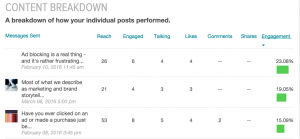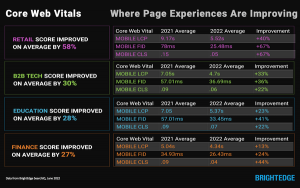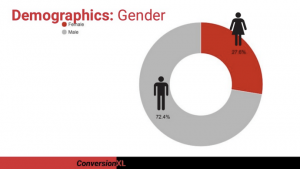A recent study shows 67% of SaaS companies receive some percentage of their new customers through free trials. If your company offers free trials or a freemium model, it’s important for you to find ways to increase trial conversion rates in order impact new customer acquisition. While it’s widely accepted that increasing your trial conversion rate is one of the fastest ways to build the customer base, it’s not always clear how to improve it. Below are four tips every SaaS company should keep in mind to help increase their trial conversion rate and user signups.
1. Identify evaluators vs. tire-kickers
During the trial process, most of the interaction between you and your customer is within your application. Measuring usage within your product allows to see who is actually spending time in the application, as opposed to those who registered and forgot about it. Once you’ve to identified those you are serious about evaluating your service, you can then prioritize the high-value leads within your sales effort and channel. The low-scoring trials can be pushed through a more automated nurturing program until they are ready to actually start their evaluation.
2. Drive evaluators to first value
When a user downloads a trial, they are generally looking for a specific value and they will not buy your product or service unless they experience it. In order to convert more trials you need to focus on driving your evaluators through the journey so they experience whatever the value is that you are trying to offer. To do this, it is important to identify what that first value is. Here are some examples:
- Cloud storage product: the evaluator needs to have saved some files and accessed them from another device.
- Online survey product: the evaluator has to have built and shared a survey.
- Online radio product: the evaluator has to create a radio station and listen to it.
Once you’ve identified first value you can put programs in place to help customers reach this stage in their journey.
3. Communicate intelligently
At some point or another, we’ve all used those generic emails after 1, 7, 14 and 21 days to try to convert trial users into paying customers. The problem is that they don’t take into account where the user is in their evaluation so they are often poorly timed. Instead use the usage data that you have to target users as the complete (or don’t complete) specific actions so that you are further driving them on their journey toward first value. If you notice that the usage from a particular account has stopped all of a sudden, it may mean they have reached a bottleneck in their trial experience. Reach out to them to understand what it is and how you can help them through it.
4. Measure your results
To ensure that you are pushing the needle on trial conversions, it’s important that you not only measure your conversion rates but also look at the data to see other ways you can improve trial conversion. The trial data can tell you a lot about evaluators in the trial process, but it can also shine a light on bottlenecks that could be impacting your conversion. For example, if usage drops off significantly at one point in the journey it may mean that the product is too complex at this point or that better instructions are needed to help the user continue with their trial. By solving these issues you can dramatically improve the rate at which your trials convert into paying customers.
Business & Finance Articles on Business 2 Community
(263)
Report Post





